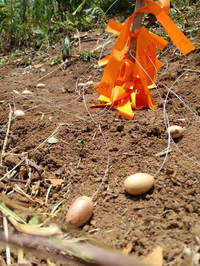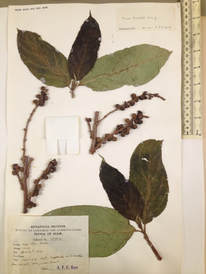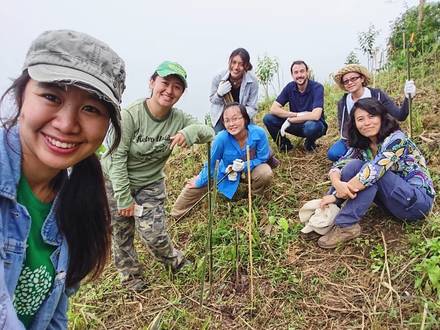Seed predation in degraded areas of Northern Thailand

Sowing seed directly on the ground is an alternative method for forest restoration. However, after seeds are sown, seeds are removed by animals, leading to limit germination and establishment success. This project aims
- To quantify the effect of vertebrates and invertebrates on seed removal and seed germination in an abandoned agricultural area of Northern Thailand.
- To compare growth and survival of seedlings grown by direct seeding and those prepared in a tree nursery
This project is supported by Thailand Research Fund.
- To quantify the effect of vertebrates and invertebrates on seed removal and seed germination in an abandoned agricultural area of Northern Thailand.
- To compare growth and survival of seedlings grown by direct seeding and those prepared in a tree nursery
This project is supported by Thailand Research Fund.
Distribution of forest tree species in South East Asia

Knowing species distribution is helpful for species selection for forest restoration especially in areas where vegetation data are scare. This project aims to to predict species distribution in Southeast Asia region of six excellent framework tree species (suitable for forest restoration). Using occurrence data from herbarium specimen and modeling approach allows us to learn present distribution and helps predicting species distribution in the future.
This project is supported by the Development and Promotion of Science and Technology Projects.
This project is supported by the Development and Promotion of Science and Technology Projects.
Seedling growth in degraded area with the presence of weeds
Weeds are main problems limiting seedling growth in forest restored areas. To determine growth and survival of tree species with the presence of weeds will provide data to help selecting weed tolerance species for forest restoration.
This project is supported by Chiang Mai University.
This project is supported by Chiang Mai University.

